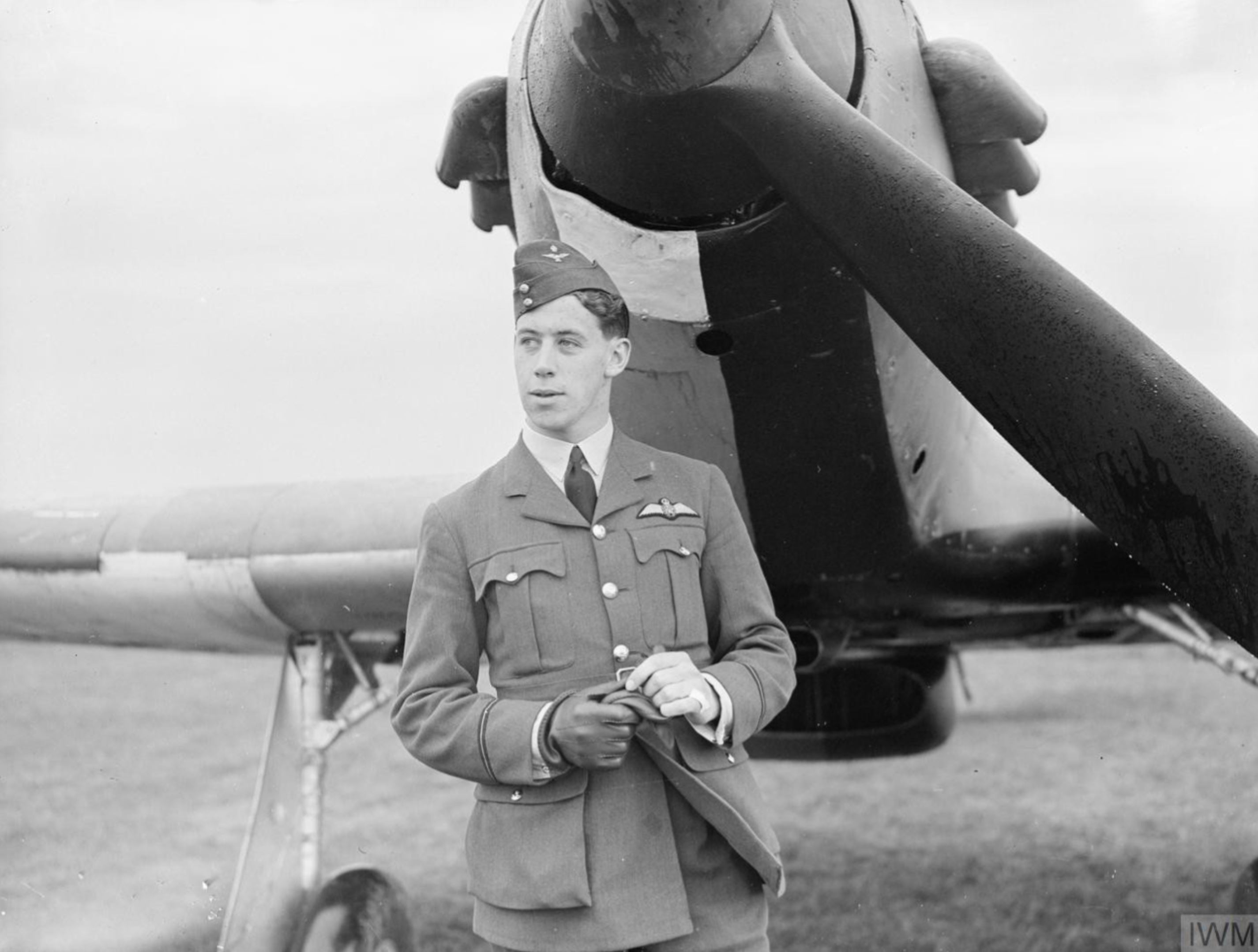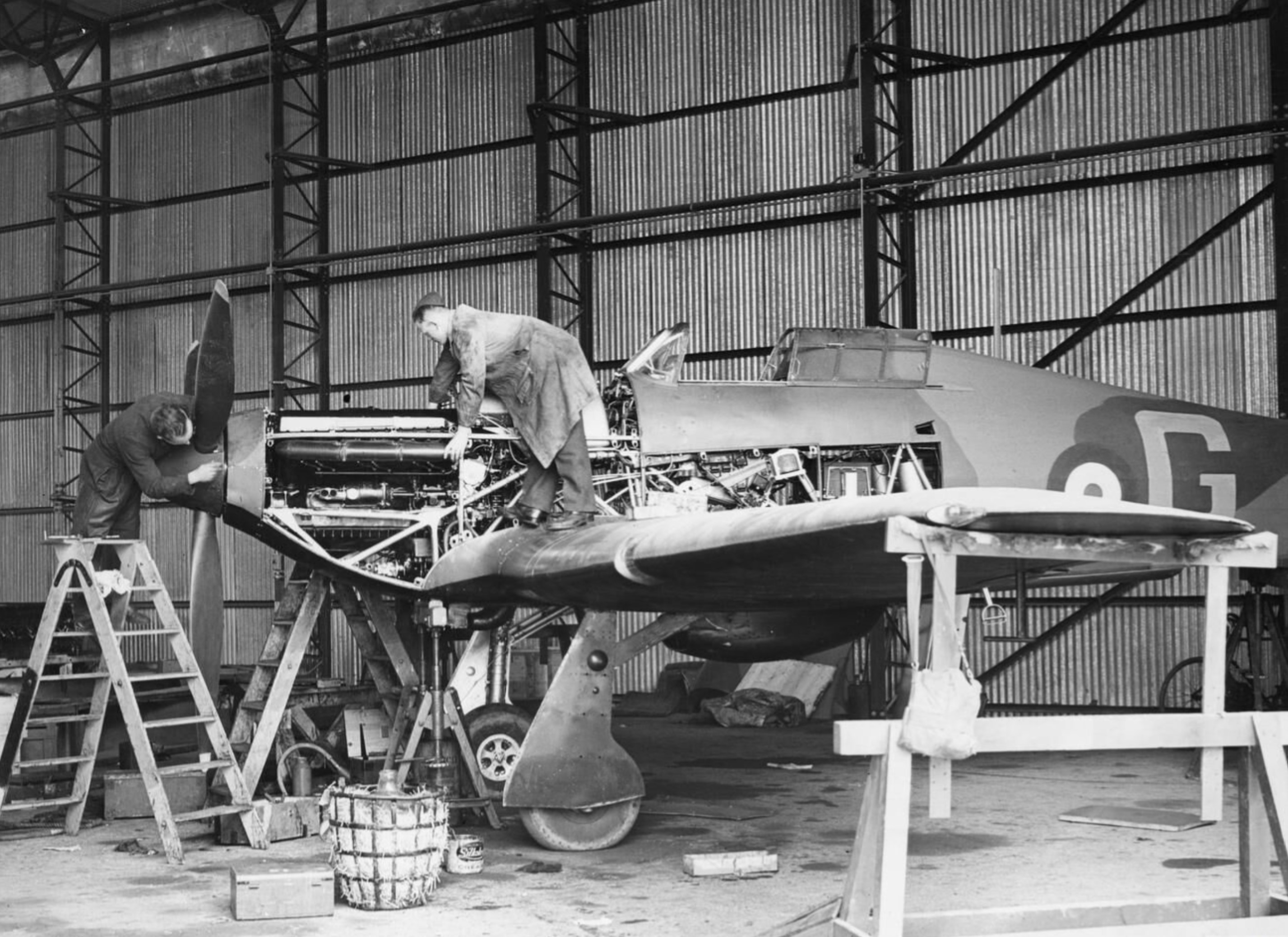

MilneBay
-
Posts
1,073 -
Joined
-
Last visited
Content Type
Events
Profiles
Forums
Media Demo
Posts posted by MilneBay
-
-
2 hours ago, ClaudioN said:
The dark shape on the inside of the panel looks like some shield for the window (?). This is VY-Q, the other Hurricane might be VY-R (it is seemingly the subject of a photo sequence).
Is that the frame shape you are referring to or what is the reflector gunsight mount?
-
That's a fine job with lots of interesting detail.
-
 1
1
-
-
That's a fine model, lovely job.
-
I've built the Pegasus Balliol and the Master 1 kits quite along time ago and still have them sitting on the shelf. They're actually not too bad as kits although they do, like any limited run kit, require careful fitting.
-
Then the whole line is brought to a grinding halt while a dozen swearing workers crawl around on the carpet for that damned ball turret the carpet monster is trying to eat ... 😉
-
 8
8
-
-
Personally speaking I paint them shades of black/dark grey. Currently I'm using Tamiya matt acrylic NATO Black. It seems to give a nice slightly weathered shade. And on Luftwaffe aircraft it offers a gentle contrast with the black wheel hubs.
-
 1
1
-
 1
1
-
-
That's a really delightful model. Excellent work.
-
 1
1
-
-
8 hours ago, tonyp said:
Another question if I may. What would be the propeller tip colour?
Thanks
Yellow.
-
 1
1
-
-
15 hours ago, Troy Smith said:
when in May?
Do you have a specfic unit/airframe?
The practice of gun port covering only started when it was found that guns were freezing at altitude, not discovered until quite late as the RAF did not do much gunnery practice pre war, and when they did, tended to do it in summer at lower altitudes.
So, look at photos, from that era, as in phoney war, they did have patches applied, often very neatly and then repainted to match.
this is P3166 YY-Q, in July 1940, with very neat patches, could be as it's the C/O's plane.
 85 Squadron 50 by Сергей Кривицкий, on Flickr
85 Squadron 50 by Сергей Кривицкий, on Flickr
but this, of 'Cobber' Kain, which is winter phoney war, shows patches.
this listed as being North Weald April 1940 has very neat patches
this is 73 Sq April 1940
87 sq
no patches
listed as Aug 39, neat patches
And you also see plenty of aircraft without the in France, especially after the German invasion, where there was frequently no supplies or time to apply anything.
Self adhesive patches were made, but I don't know if used in the BoB, though they may well have used adhesive bandages in the meantime, as this is very much what the self adhesive patches look like in use.
see here, but note this is at least summer 1941.
So, that's as clear as mud then

I find the image of Kane's aircraft interesting, Cleary a panel under the nose has been changed.
Black/white behind the spinner then silver behind that.
-
 1
1
-
-
I use Tamiya masking tape for kits where masks are not provided. Wherever possible I align the straight edge of the tape with the longest straight edge on the section of canopy I'm doing then I fill in the remainder with suitable small pieces again matching to straight edges where possible. If I have to cut to the shape of a frame I use a new blade and cut along the line required trying to apply only enough force to cut the tape and not scratch the clear plastic. Then I use scrap tape off cuts to to fill in the areas towards the centre of the panel if necessary.
On surfaces with compound curves again I will use the straight edge of the tape to match straight frame lines, but when this is not possible (Spitfire canopies and bubble hoods in general) I lay the tape diagonally as this handles the compound curves better.
Then I carefully paint the interior colour first and am careful because acrylics have a continuing problem of being prone to leaking under the tape - enamels and lacquers don't. This also acts to seal the tape frame line so that the final colour doesn't leak under the tape.
It's a process that require a lot of care as removing paint of any type from a clear panel is a nuisance. Overall however I generally find it fairly relaxing.
-
 1
1
-
-
Lovely job. And a really interesting subject.
-
 1
1
-
-
1 hour ago, 28ZComeback said:
I translated the whole page to English using Google translate. Open the page below
https://www.aerodata.gr/biographies.php?id=78
And right click on the blue background that will give you the option to translate to English.
-
 1
1
-
-
5 minutes ago, Buz said:
Just discussions on various boards/forums at different times on if the blue used was Azure, Light Mediterranean Blue, Pre-War Sky blue or a special mix...... or indeed all of them being used at different times...... I don't know the answer (I have my own ideas and I'm sure many others have their own opinions) hence I just say blue of choice underneath.......
Buz
Yep, it's a mixture and that was what I found when I was hunting myself. I would have liked mine in the Azure but I just couldn't be as sure as I was with the Dupont underside. So either I'm right or wrong or just did an aircraft as it appeared before a repaint ... 😉
-
Not wishing to start an argument here, when I did the Airfix 1/48 P40 a couple of years back in the desert scheme I went for that Curtiss/Dupont equivalent sky greyish colour, as I has trouble trying to locate pictorial evidence of Azure Blue in use at the time in 1941 on the P40cs, I'd expect it on the P40Es.
I may well be wrong but all the pics of the P40cs in the desert scheme I could find had very light undersurfaces in the black and white images. The only image I found of one with Azure Blue was clearly a colourised print.
-
18 hours ago, Caerbannog said:
I have just dug out an older (some years but no more than 10 years old I daresay) Revell 68 tin as I was out of other RAF Dark Green colours. I sprayed it on a Gloster Pioneer and my usual prepared gloss heavy paper chips I keep close to my paint booth for makeing colour chips. It is not fully dried but gives a very good match to the colour chip in my copy of RAF Museum's "British Aviation colors of WW2". Not sure about Revell Aqua but I suppose the colour should be pretty much the same.
Thanks for the tip. I have access to Revell enamels but usually use Humbrol, or the Model Master range etc. although in the last couple of years Humbrol have been a mixed bag due to new formulas. I like to use enamels and I brush paint so I picked up a can of Revell 68 and did a quick test with the last of my Humbrol 117 (they discontinued it) and also the Mr Colour lacquer RAF Dk Green and the Revell 68 is a very nice match and well within the designed colour range.
-
 1
1
-
-
11 hours ago, Werdna said:
Just wondering what the logic was in applying the fuselage balkenkreuz on airframes which (presumably) have yet to receive a final camo coat...
Britain, America all applied the basic national markings (as they were at the time of manufacture) as the airframe component (wings, fuselage etc.) were manufactured. They were then masked off when the completed airframes were sent for painting in whatever camo colour, patterns etc. were required of a particular batch. Applying national markings afterwards usually happened when the appropriate authority decreed a change in the style or colour etc. if the aircraft survived that long.
Specific unit codes were applied at maintenance units or their equivalent when the new aircraft were issued to the user unit, or if it was urgent at the unit level.
If you examine photos from both US and British factories you can see the national markings present on airframes bare of camouflage.
I admit to not knowing why, however I suspect that national markings were required to be more durable then camouflage colours for obvious reasons like international agreements and treaties that governed the rules of war. They also, if you examine the pics, usually appear to have a slight sheen to them which contrasts with the flatter camouflage colours.
-
 1
1
-
-
It's a DF loop. You'll find them on some P47s operating in the CBI as well.
Re the numbered guns most appear to have had that, although the numbers might wear off in service I suppose.
-
 1
1
-
-
This pic suggests it may be NMF, not the same aircraft though.
https://worldwar2database.com/gallery/wwii2295
-
 1
1
-
-
11 hours ago, tempestfan said:
And I think it has a Cyclone, too...
Yep when I scratch built mine to correct everything, finding an appropriate engine for it was another problem.
-
That is absolutely beautiful.
-
 1
1
-
-
Yep that's the ancient working parts kit, basically a toy. The Detail and Scale book on the F4F has a brief section at the back covering the then various kits available of the F4F. In it is a description of a well built upgrade of that kit to an acceptable display level model. The work required is immense, to which I can attest as I attempted to do just that. These days of course there are several quite excellent 1/48 scale F4F kits available.
-
Brake problems were noted on the examples the RAF took on charge, apparently damp grass airfields tended to cause brake problems with aircraft skidding with full brakes on, off runways.
-
 1
1
-
-
Of no help to you, but the Australian War Memorial has a pic of Vought OU-1s that visited Australia
-
As it is a 19 Squadron aircraft then blue seems like a sensible choice. That's my 2 cents worth (that 2 cents in real money plus $5.98 will buy you a $6.00 dollar cup of coffee) but if we factor in flight colours then yellow could also be a good choice. I agree that it has been discussed many times.








How well do you know the Dambusters?
in Aircraft WWII
Posted
16 out of 20.